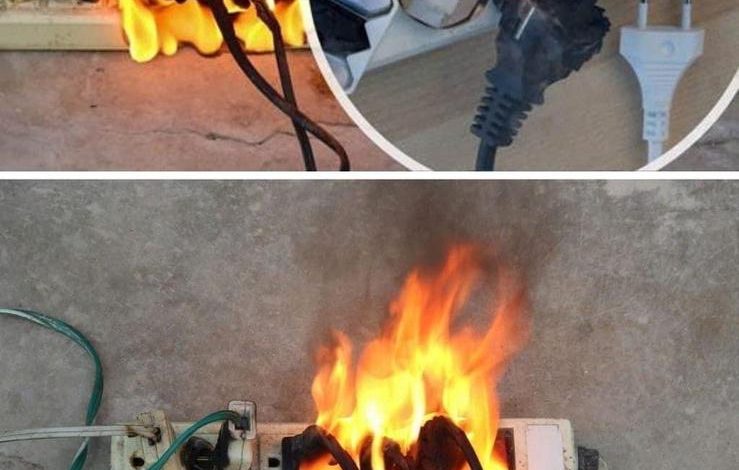
Ten items that should never be connected to a power strip
In today’s modern world, power strips have become a common sight in households and workplaces alike. They offer the convenience of powering multiple devices from a single outlet. However, it’s essential to understand that not all electrical appliances are suitable for connection to a power strip. Ignoring this fact can lead to overloading, overheating, and even fire hazards.
Background: Personal experiences often serve as powerful teachers, and when it comes to electrical safety, my own encounter emphasized the critical importance of exercising caution with power strips. Since then, I’ve become a staunch advocate for understanding and practicing safe electrical habits. Here, I’ll highlight nine items you should never plug into a power strip.
1. Check the Power Strip’s Maximum Output: Before you plug in any devices, take a moment to check the power strip’s maximum capacity. This vital information is typically provided on the power cord itself. Understanding this limit is crucial for preventing overloads and potential hazards.
2. Determining Device Power: Each electrical device comes with a power rating, usually indicated on the appliance. For example, if your power strip can handle up to 3500 watts and you have devices like an oven (2500W), vacuum cleaner (800W), and kettle (250W) all plugged in simultaneously, you’ve surpassed the limit. In such cases, it’s imperative to unplug a device to avoid risks.
Devices You Shouldn’t Plug Into Power Strips:
1. Oven: Ovens are notorious for their high power consumption and should never be connected to power strips. It’s far safer to use a dedicated wall outlet to prevent overheating and potential fire hazards.
2. Refrigerator: Despite being relatively low in power consumption compared to other appliances, refrigerators require constant electricity. Therefore, they should always be plugged directly into a wall outlet to avoid overload.
3. Washing Machine and Dryer: Given their significant energy consumption, washing machines and dryers should each have their own dedicated outlets. This helps prevent overheating and minimizes the risk of electrical hazards.
4. Space Heaters: Using space heaters with power strips can quickly overwhelm the strip, creating a fire hazard. To ensure safety, it’s best to plug space heaters directly into wall outlets.
5. Microwave: Despite their compact size, microwaves consume substantial power and should be connected directly to wall outlets to prevent overloading power strips.
6. Coffee Maker: While coffee makers may not appear to be power-hungry appliances, their annual energy consumption justifies direct connection to electrical outlets.
7. Toaster: Toasters draw significant power, particularly when in use. Plugging them into power strips can lead to overload and should be avoided.
8. Multiple Extensions: Linking multiple power strips together can quickly exhaust their capacity, raising the risk of fire hazards. It’s best to avoid this practice altogether.
9. Television, Computer, and Internet Box: Although these devices individually have relatively low power consumption, any electrical issue can potentially lead to malfunctions. For added protection, consider using surge protectors or plugging them directly into outlets.




